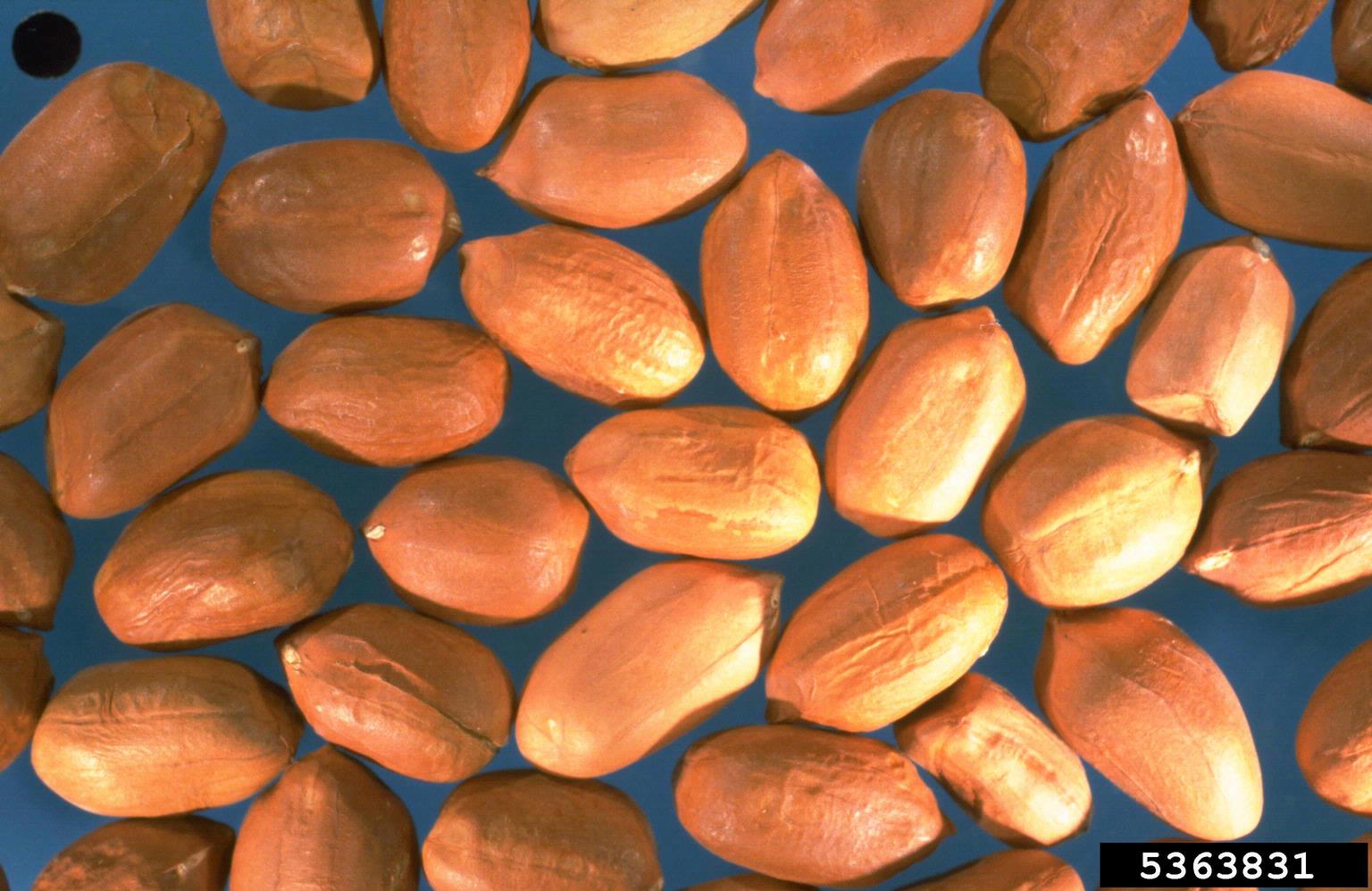Planting Peanut Seeds: How Do You Plant Peanut Seeds

Baseball just wouldn’t be baseball without peanuts. Until relatively recently (I’m dating myself here…), every national airline presented you with the ubiquitous bag of peanuts on flights. Then there’s Elvis’ favorite, the peanut butter and banana sandwich! You get the gist; peanuts are entwined into the fabric of America. For that reason, you might be wondering about growing peanuts from seeds. How do you plant peanut seeds? Read on to find out about planting peanut seeds at home.
About Planting Peanut Seeds
If you’re interested in trying your hand at growing peanuts in the garden, there are a few things you should know. For instance, did you know that what we refer to as peanuts are actually not nuts but legumes, relatives of peas and beans? The self-pollinating plants bloom above ground while the pods develop beneath the soil. Inside each pod are the seeds. Once the blossoms are fertilized, the petals fall away, and the stalks, or pegs, located just under the ovaries, elongate and bend towards the earth, growing into the soil. Underground, the ovary enlarges to form the peanut pod. Although peanuts are thought to be a warm weather crop only propagated in the southern regions of the U.S., they can be grown in northern areas as well. To grow peanuts in cooler zones, choose an early maturing variety like “Early Spanish,” which is ready to harvest in 100 days. Plant the seed on a south-facing slope, if possible, or to get an early start, sow the peanuts seeds indoors five to eight weeks prior to transplanting outside.
How Do You Plant Peanut Seeds?
Although you may have success planting peanuts from the grocers (raw ones, not roasted!), the best bet is to purchase them from a reputable nursery or garden center. They will come intact in the shell and must be hulled before use. Now you are ready to plant. The peanut seeds look remarkably similar from end to end, so it’s not uncommon to wonder which way to plant a peanut seed. There is no particular end that gets plunked into the ground first as long as you remember to remove the hull beforehand. Really, growing peanuts from seed is easy and especially fun for the kids to be involved in. Select a site that is in full sun with loose, well-draining soil. Plant the peanut seeds three weeks after the last frost and once the soil has warmed to at least 60 degrees F. (16 C.). Also, soak the seeds overnight in water to promote more rapid germination. Then sow them to a depth of 2 inches (5 cm.), 4 to 6 inches apart (10-15 cm.). Seedlings will appear around a week after planting and will continue to grow slowly for the next month. If frost is a concern at this time, cover the seedlings with plastic row covers. To start the peanut seeds indoors, fill a large bowl 2/3 full of moist potting soil. Place four peanut seeds on the top of the soil and cover them with another inch or so of soil (2.5 cm.). When the plants have sprouted, transplant them outside as above. Once plants reach about 6 inches tall (15 cm.), cultivate carefully around them to loosen the soil. This allows the pegs to penetrate easily. Then finish by mulching with a couple of inches (5 cm.) of straw or grass clippings. Peanuts should be watered regularly by deeply soaking the plants one to two times per week. Watering is most crucial at 50 to 100 days from sowing when the pods are growing near the soil’s surface. As the plants become ready for harvest, allow the soil to dry out; otherwise, you’ll find yourself with dozens of sprouting mature peanuts! Harvest your peanuts, or legumes, for roasting, boiling, or grounding into the best peanut butter you’ve ever eaten.
Sign up for the Gardening Know How newsletter today and receive a free copy of our e-book "How to Grow Delicious Tomatoes".

Amy Grant has been gardening for 30 years and writing for 15. A professional chef and caterer, Amy's area of expertise is culinary gardening.
